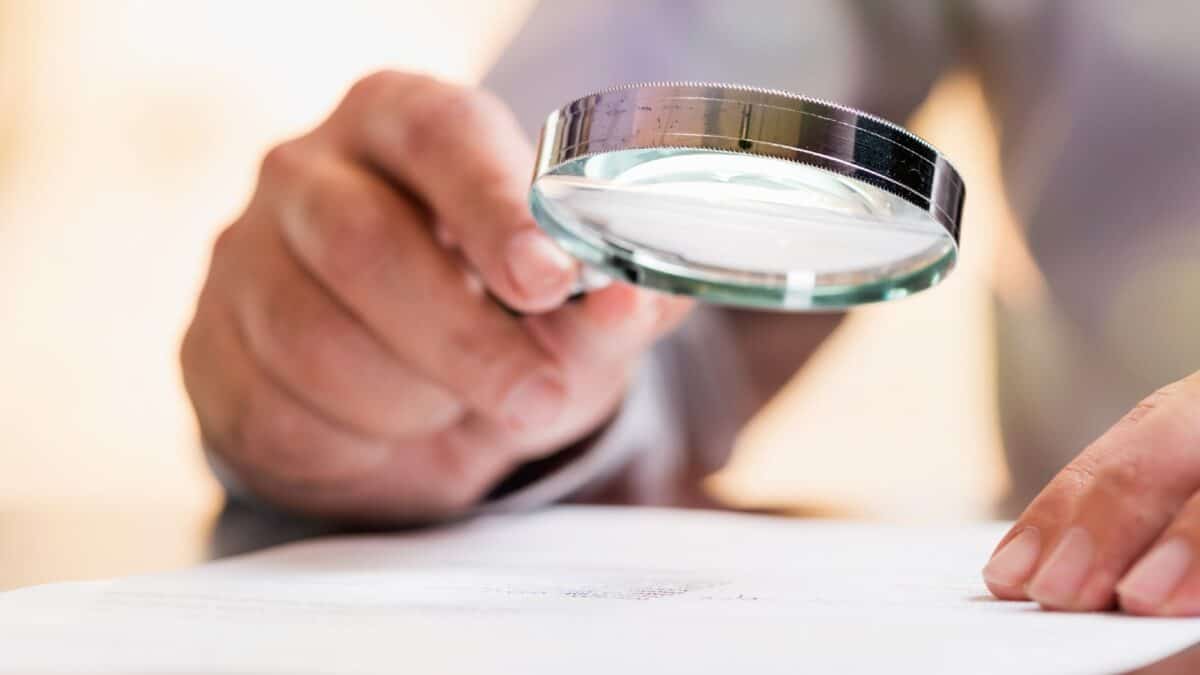Earnings and profits ultimately drive dividends and stock price, and these look good for Aviva’s (LSE: AV) shares, in my view.
In 2023, operating profit jumped 9% — to £1.467bn from £1.35bn in 2022.
The year saw a 13% rise in general insurance premiums and a record £6.9bn of net flows in its workplace pensions business. It also saw a 41% increase in the diversified insurer’s private health operations.
A risk here is that inflation in its key markets picks up again, increasing the cost of living. This could deter new customer business and prompt existing clients to cancel their policies.
However, Aviva is now targeting an operating profit of £2bn by the end of 2026.
The firm also upgraded its cash remittance target to over £5.8bn from this year to end-2026. This underpins its intention of raising annual dividends by mid-single-digits. Indeed, it increased last year’s dividend by 8% — to 33.4p a share.
It also announced a new £300m share buyback programme, which tend to be supportive of share price rises.
It still looks undervalued
Despite all this, Aviva shares still look very undervalued to me.
On the key price-to-earnings (P/E) measure of share valuation, they trade at just 12. The average of its peers is 18.6 – so it is very cheap on that basis.
The same can be said for the other main stock valuation metric I use – the price-to-book ratio (P/B). On this, Aviva trades at only 1.4 against a peer group average of 3.3.
So how cheap is it exactly, in cash terms? A discounted cash flow analysis shows it to be 43% undervalued at its present £4.71 share price.
Therefore, the fair value for the shares would be £8.26.
There is no guarantee they will reach that price. But it reiterates to me how highly undervalued they look.
Major passive income provider
On the current share price, the 2023 dividend of 33.4p gives a yield of around 7%.
£11,000 (the average UK savings amount) invested at this rate would make £770 in dividends in the first year.
If I withdrew that from my account and spent it, I would have an extra £7,700 after 10 years.
How to turbo-charge that passive income
If I did not spend those dividends, but bought more Aviva shares instead, I would make much more.
By doing this – known as ‘dividend compounding’ – I would have an extra £11,106 instead of £7,700 after 10 years.
After 30 years on the same average yield, I would have made an additional £78,281. My total investment pot in Aviva shares would be worth £89,281 by that point.
It would be paying me £6,250 every year in dividends, or £521 each month!
Dividend outlook
A share’s yield goes up and down, depending on changes in the dividend paid and in the stock price.
In Aviva’s case, as mentioned, it has said it intends to raise annual dividends by mid-single-digits to end-2026.
Consensus analysts’ forecasts are for payments of 35.8p, 38.4p, and 41.5p in 2024, 2025 and 2026, respectively. This would give yields on the current share price of 7.6%, 8.2% and 8.8%.
Its undervalued shares, strong growth prospects, and high yield, make Aviva a screaming buy to me now, which is why I am adding to my existing holding.








